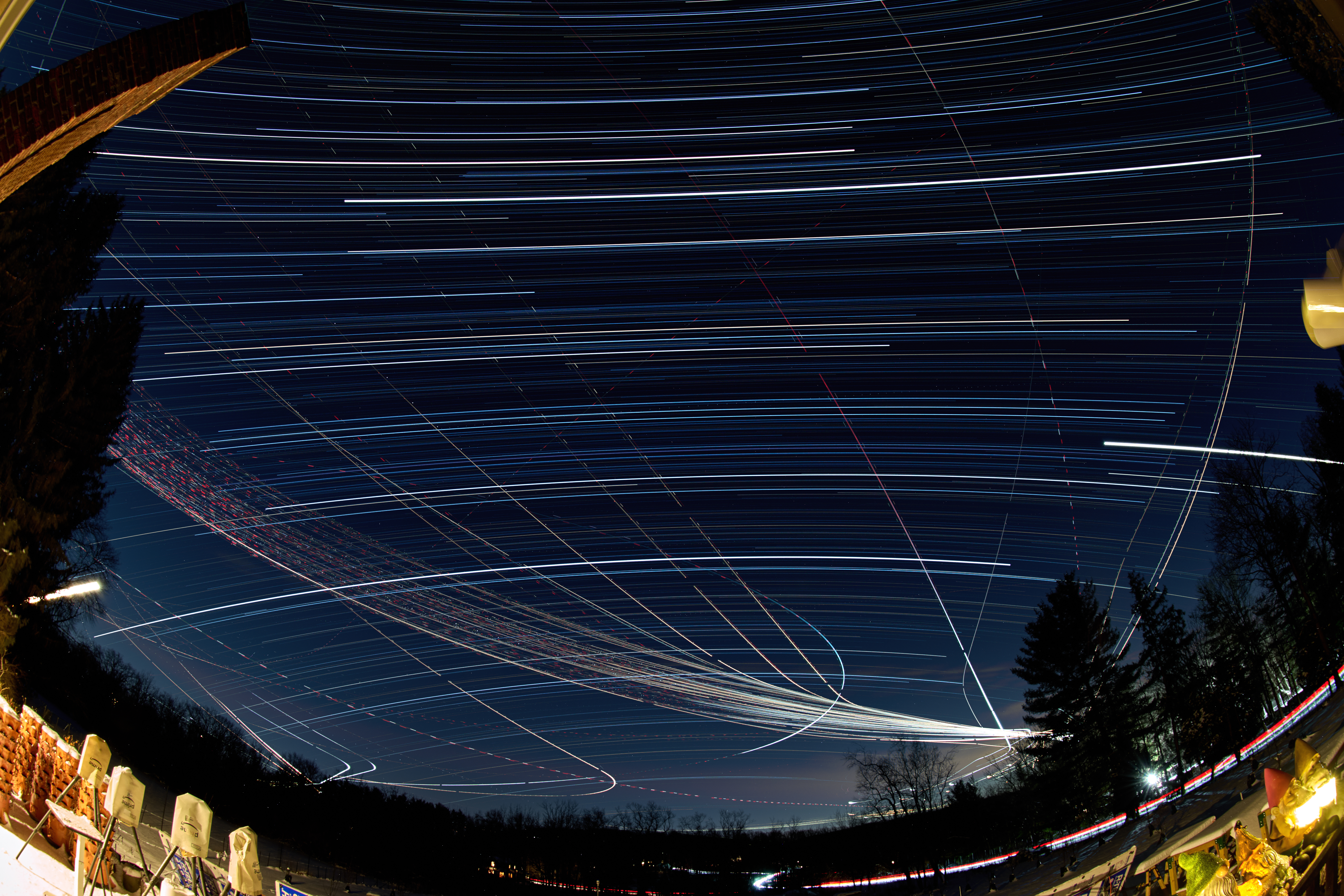Vespera Telescopes Out on a Cold Winter Night.
It looked to be a clear night, so I had the Vespera telescopes out to view Venus, the Moon, and several deep sky objects (M31 Andromeda galaxy, M81 Bodes galaxy, IC 434 + NGC 2024 Horsehead nebula + Flame nebula, and NCC 2237 + NGC 2244 Rosette nebula/cluster). I had one camera out with a fisheye lens to capture images for a time-lapse video of the telescopes working the nighttime sky looking south. Also, a Little-planet Starlapse video of the telescopes working the night sky. I will be posting the images observed by the Vespera telescopes in the near future.
Time-lapse video of the nighttime sky looking south. Images taken with a Nikon Z9 camera and 8-15 mm fisheye lens. Best viewed full screen in a dark room.
Little-planet Starlapse video of the nighttime sky. Images taken with an Insta 360 RS 1-inch camera. Best viewed full screen in a dark room.
Jupiter and its four largest Moons.
I was able to get an image of Jupiter with its four largest moons (Io, Europa, Ganymede, and Callisto) with the Vespera Classic telescope. I needed to activate the Expert Mode in the User Parameter settings. Then create a Manual Target — Add manual target by entering coordinates. Create an Object name (Jupiter), Select an Object Type (stars), Select the Pointing type (Direct), Set the Exposure time (1 sec), Select the Gain (1 dB), Enter the Right Ascension (h m s) and Declination (deg, m, s) for Jupiter which I looked up using the Stellarium app, Save and then Observe. I wish there was an Object type for planet, and the ability to select exposure times less than 1 second. The following image is cropped to get a larger view of Jupiter and the four moons.







